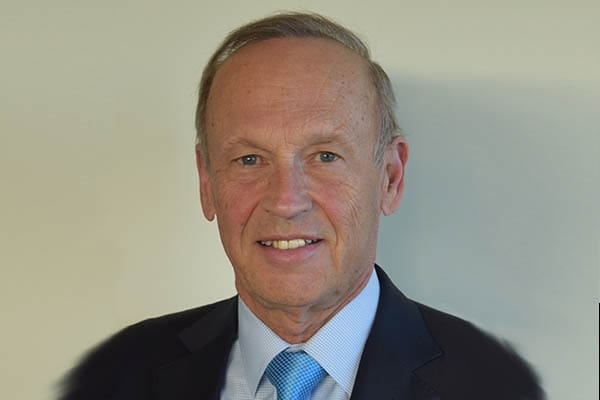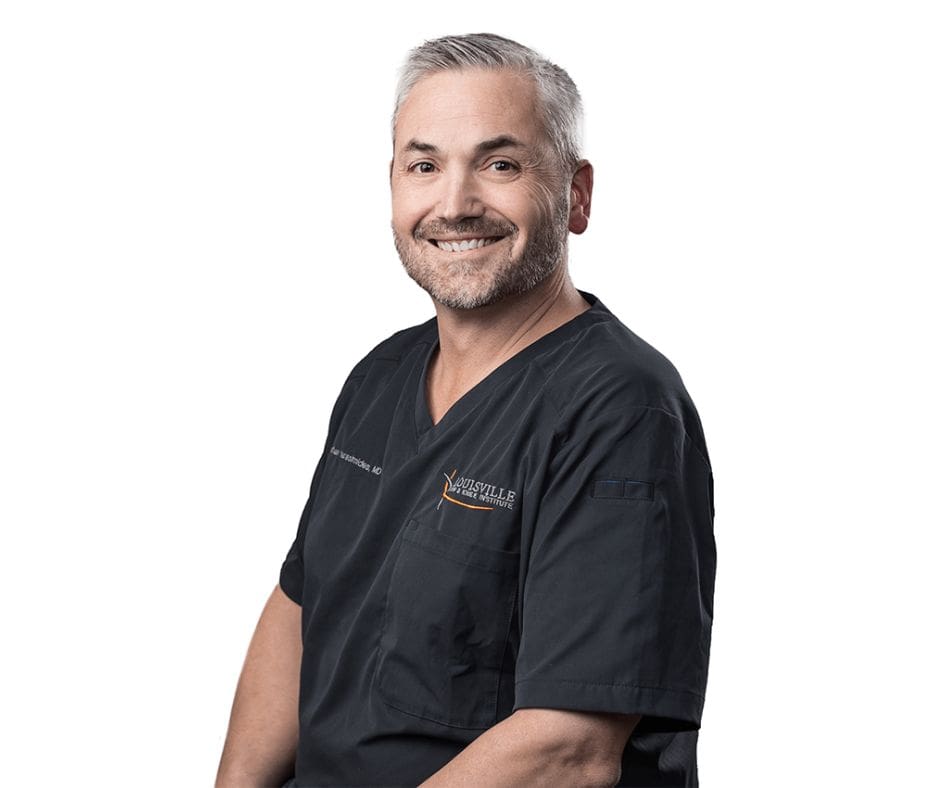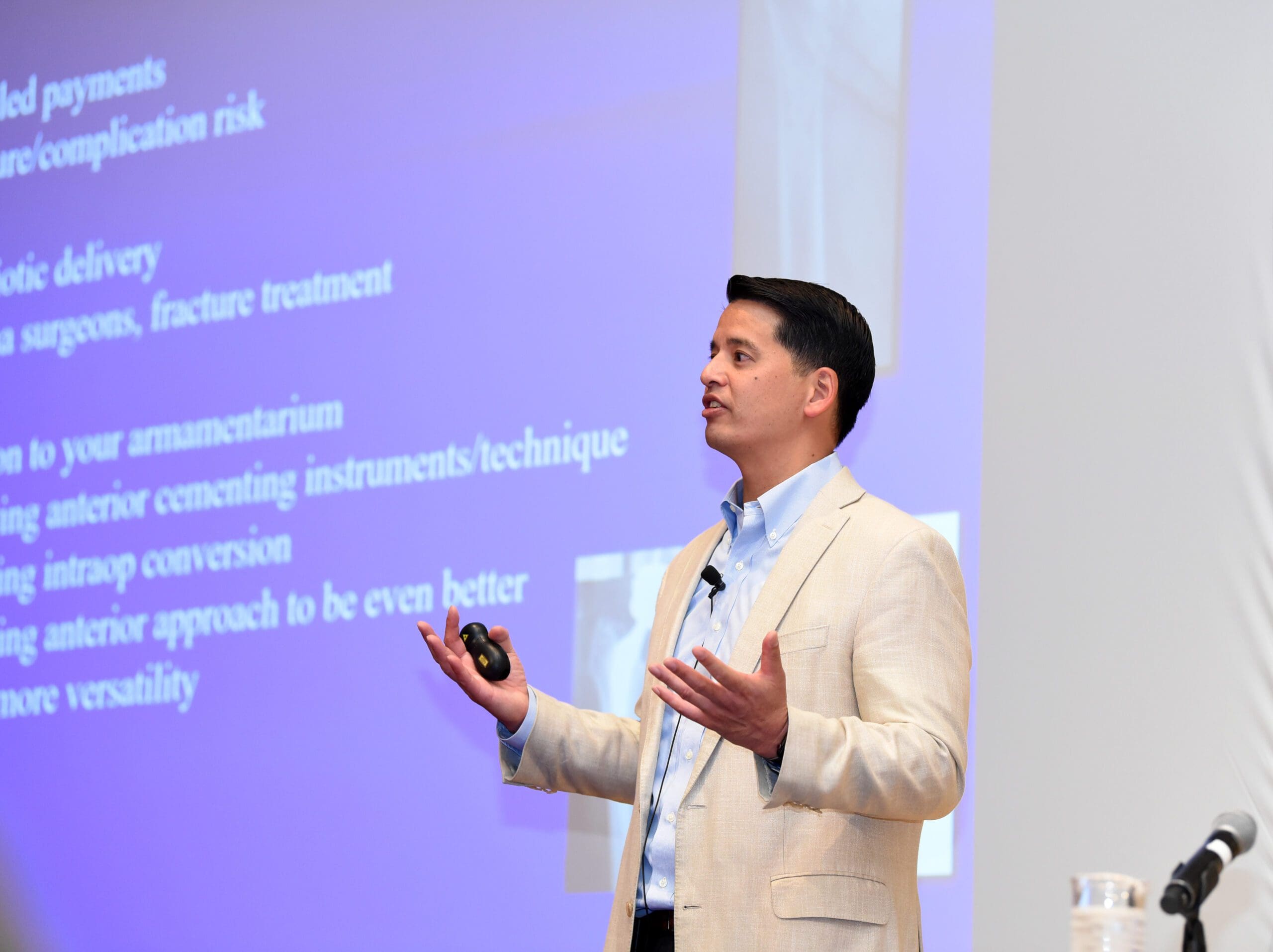The Human Factor in Precision Hip Surgery
by Joe Schwab
In the world of orthopaedics, the Anterior Approach to total hip arthroplasty has changed the game. It’s a change driven less by the surgeon and more by the patient, younger, more active, and demanding a quicker return to life. But as the standards for recovery rise, so must the standard for surgical precision.
That’s exactly what we explored in our latest conversation, “Transforming Hip Surgery from 2D to 3D.” We sat down with two surgeons who have embraced this evolution, moving beyond basic X-ray templating into the intricate world of 3D pre-operative planning: Dr. George Haidukewych and Dr. Bradford Waddell.
Solving the OR’s Biggest Headache in the Planning Room
The goal is to get the patient back to their activities quickly, and advanced planning tools are now making the operation smoother, faster, and more predictable. Dr. Haidukewych articulated the biggest benefit: avoiding the time-consuming process of multiple trials in the operating room.
“If all of you are on-table surgeons, multiple trials are a pain in the neck on a DA approach,” he said. “It’s laborious… doing that ahead of time to know you’ll be impingement free really saves me a lot of time.”
The surgeons detailed their process, which relies on the Smith+Nephew CORIOGRAPH pre-operative planning system to model the patient’s unique anatomy, including crucial details like their lumbar mobility and pelvic tilt. This allows them to find the ideal cup and stem position, a position that will not impinge, before they even make an incision.
The Confidence of Knowing Yourself
Perhaps the most compelling insight from the discussion was how this technology improves the surgeon’s self-awareness.
Dr. Wadell noted that early in his career, he aimed for a combined anteversion of 45 degrees. But using 3D templates revealed a personal discovery: “What I found… is that my combined anteversion is in the low 30s.” He credits the data with making him a more confident surgeon by allowing him to learn and adjust his approach based on objective feedback.
His confidence then allows him to execute in the OR using the Smith+Nephew CORI Surgical System, which translates the 3D plan into an exact target. The result: increased accuracy, fewer X-ray shots (less radiation), and a profound reduction in the need for a “backup plan” like dual mobility.
Ultimately, both doctors agreed that this is just the beginning. Dr. Haidukewych predicts the future is coming fast: “Handheld robotic execution is going to be the future… it’ll probably be AI automated.” The goal is a small-footprint system that makes precision effortless, bringing personalized orthopaedic surgery to every room.
Watch/ listen to the full conversation about the future of hip arthroplasty here.
Don’t miss future episodes! Subscribe now on Apple Podcasts, Spotify, or whatever your favorite podcast platform is. Check out the AHF Video Podcast on YouTube.







